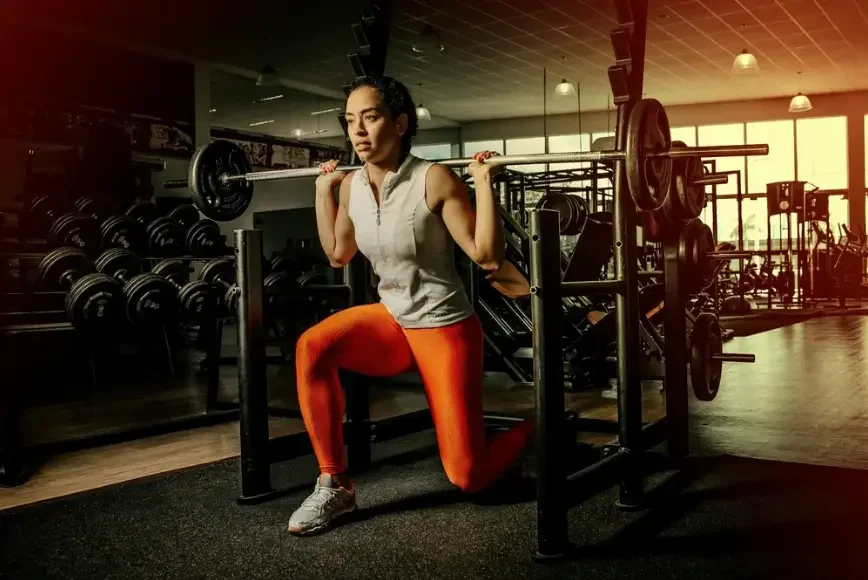Recovering from Overuse Injuries: How to Rebuild Safely
Understanding Overuse Injuries
Overuse injuries occur when tissues are stressed beyond their capacity to recover. Unlike acute injuries, such as a sudden ankle sprain, overuse injuries develop gradually from repetitive strain, poor load management, or inadequate recovery. Common examples include Achilles tendinopathy, runner’s knee, shin splints, and tennis elbow.
In North Vancouver’s active community, these injuries are frequent among runners, hikers, cyclists, and gym-goers. Even when the pain feels mild at first, pushing through discomfort can worsen microtears in tendons, muscles, or joints, eventually leading to chronic pain and loss of performance.
A 2022 review in the British Journal of Sports Medicine emphasized that tissue capacity and load tolerance are key to understanding overuse injury mechanisms, not just biomechanics or “bad form.” The takeaway: recovery isn’t only about rest; it’s about rebuilding capacity.
Why Rest Alone Isn’t Enough
Rest can calm inflammation and reduce pain, but prolonged inactivity weakens tissues. Studies show that total rest often delays healing by reducing collagen synthesis and blood flow to the affected area.
Active recovery, guided by a therapist, helps stimulate tissue remodeling and maintain cardiovascular fitness. Gradual loading through exercise is now considered the gold standard for tendon and muscle repair.
The Science of Safe Loading
Progressive loading means applying controlled stress to the injured tissue so it adapts and becomes stronger. For example:
Early phase: Isometric exercises to reduce pain and maintain strength.
Mid phase: Eccentric or slow-resistance movements to promote collagen alignment.
Late phase: Functional or sport-specific drills to restore performance.
A 2019 systematic review in Sports Medicine found that eccentric loading programs significantly improve pain and function in chronic tendon injuries compared to rest or passive treatment.
The key is precision. Too much load too soon can worsen symptoms, while too little may stall progress. Working with a physiotherapist or strength coach familiar with overuse rehab ensures that progression happens at the right pace.
Tools That Support Recovery
At Mountain Health & Performance, recovery from overuse injuries often includes both exercise-based therapy and adjunct technologies to accelerate healing. Two commonly integrated options are:
1. Shockwave Therapy:
This non-invasive treatment uses high-energy acoustic waves to stimulate cellular repair and break down scar tissue. Several studies have concluded that extracorporeal shockwave therapy (ESWT) significantly improves pain and function in chronic tendinopathies such as plantar fasciitis and tennis elbow.
2. Class IV Laser Therapy:
Deep tissue laser therapy enhances blood flow and cellular metabolism through photobiomodulation. Research has found that high-intensity laser therapy can improve pain and functional scores in Achilles and patellar tendinopathy when combined with exercise.
These modalities work best when paired with a structured loading and movement plan, not as stand-alone fixes.
The Role of Recovery Habits
Rehabilitation success depends as much on lifestyle as on clinic treatment. Consistent sleep, balanced nutrition, and stress management all affect how quickly tissues repair.
Hydration and adequate protein intake support collagen synthesis. Meanwhile, sleep plays a critical role in releasing growth hormone, which accelerates tissue recovery.
Simple habits can make a big difference:
Include rest days in your training schedule.
Warm up before and cool down after activity.
Cross-train to reduce repetitive stress on the same tissues.
Address early warning signs, like tightness or dull pain, before they escalate.
Returning to Sport or Training
Once pain has subsided and movement quality has returned, a gradual return to training is essential. This might involve load monitoring using session RPE (rate of perceived exertion) or tracking weekly mileage increases.
A common guideline, is to increase total training load by no more than 10 % per week once symptoms have stabilized. However, individual variability is high, and supervision from a qualified clinician can make this process safer and faster.
Recovery Is About Rebuilding, Not Just Resting
Recovering from an overuse injury isn’t about doing nothing, it’s about doing the right things, at the right time, in the right amount. A strategic mix of active rehabilitation, progressive loading, and evidence-based therapies helps athletes and active individuals get back to the movement they love safely and confidently.
If You’re Managing a Persistent Overuse Injury
At Mountain Health & Performance in North Vancouver, our multidisciplinary team uses targeted rehabilitation, shockwave, and laser therapy to support safe, sustainable recovery from overuse injuries. Whether it’s your Achilles, shoulder, or knee, we focus on restoring strength, mobility, and resilience, so you can move without pain again.
Click here to book an appointment with one of our practitioners.

